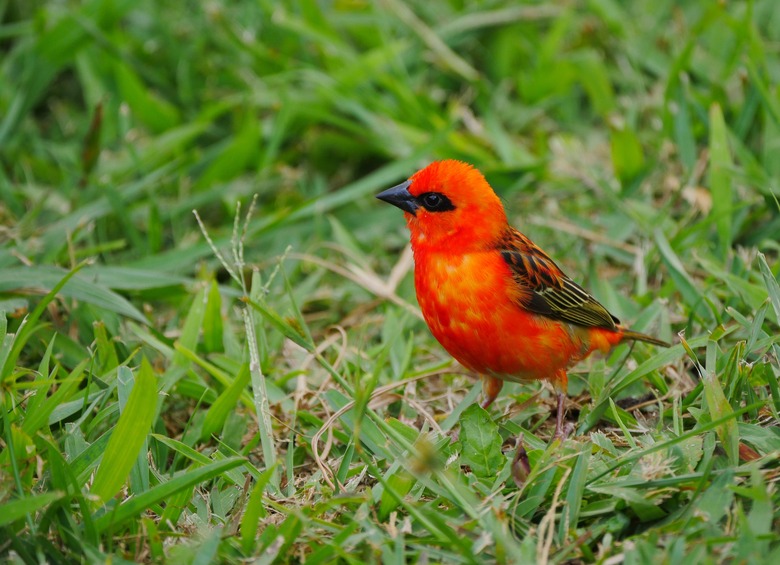What Eats The Cardinal Bird?
Cardinals, known for their bright red feathers, are found in the eastern portion of North America. They are hunted and eaten by a variety of predators, including large birds, various mammals and certain reptiles. Cardinals are eaten when they are full grown as well as when they are still fledglings or eggs in the nest.
Predatory Mammals
Predatory Mammals
Cats are the largest threat to cardinals, both among predatory mammals and other predatory animals including birds and reptiles. Cats tend to do the most damage to cardinal populations in the early morning hours and are known for catching birds right out of the nest. Other predators of the cardinal are dogs and foxes, though they are less successful at catching birds than cats.
Predatory Birds
Predatory Birds
Barred owl, long-eared owl, sharp-shinned hawk, coopers hawk, and marsh hawk are the predatory birds which pose the greatest threat to cardinal populations. Other hawks have been known to eat small birds like the cardinal but not nearly to the extent that the sharp-shinned, coopers and marsh hawks are known to. Barred and long-eared owls are the only owls commonly known to eat cardinals.
Predatory Reptiles
Predatory Reptiles
Snakes are capable of catching cardinals for food and also capable of consuming the cardinal eggs and offspring. There are many different types of snakes within the natural habitation area of the cardinal that eat birds and could be potential predators to the cardinal if they have the opportunity.
Egg Predation
Egg Predation
Small mammals such as squirrels, chipmunks and shrikes are potential predators of cardinal eggs. Also, blue jays, hawks and owls as well as snakes may all all be cardinal egg predators. Cardinal eggs are commonly laid in multiflora rose, honeysuckle and ash plant varieties and are very vulnerable. The fledgling success rate is as low as 15 percent.
Cite This Article
MLA
Martens, Heather. "What Eats The Cardinal Bird?" sciencing.com, https://www.sciencing.com/eats-cardinal-bird-8447757/. 22 November 2019.
APA
Martens, Heather. (2019, November 22). What Eats The Cardinal Bird?. sciencing.com. Retrieved from https://www.sciencing.com/eats-cardinal-bird-8447757/
Chicago
Martens, Heather. What Eats The Cardinal Bird? last modified March 24, 2022. https://www.sciencing.com/eats-cardinal-bird-8447757/
